Sulcata tortoises are large reptiles, also commonly referred to as the “African spurred tortoise.” These creatures are the third largest species of tortoise in the world, behind the Galapagos tortoise and Albrada giant tortoise. Sulcatas can grow to be well over 230 lbs., and live as long as 70 years! Read on to learn about the sulcata tortoise.
Description of the Sulcata Tortoise
These tortoises can grow to be quite large. They can be up to 33 in. long, and grow quite rapidly from the time that they hatch. Within the first few years of hatching, these tortoises can grow to 10 in. long. Fully grown, they weigh in at a hefty 230 lbs.! Their shells are large and domed, and their skin is thick and leathery.
Interesting Facts About the Sulcata Tortoise
These tortoises are some of the largest pet tortoise species available. It is not uncommon for the owners of these creatures to underestimate the commitment required for their care. Learn more about Sulcata tortoises below.
- Crepuscular – These tortoises live in a pretty harsh environment. They live in arid environments where there is low rainfall, and temperatures are very hot during the day. While you may think the best way to avoid the heat would be to forage at night, this is also inopportune, as temperatures can drop very low after sundown. To find that sweet spot, these tortoises are crepuscular, which means they are active in the early morning and late afternoon.
- Down Below – Another great way to avoid the heat is to get out of the sun! Like many other tortoise species, sulcata tortoises dig burrows. This gives them a place to retreat from potential predators, and to escape the heat of the day.
- Keystone Species – Just like with gopher tortoises, sulcatas’ burrows provide habitats and escapes for a number of other species. These other species cannot dig burrows themselves, and rely heavily on the tortoise population for their safety and survival. This makes the tortoises a keystone species, which means that they heavily impact the ecosystem around them.
- Best Burrowers – The reason these burrows are so impactful is because they can span as much as 10 ft. long! While this is all fine and dandy in the open scrub desert, a homeowner’s backyard stands no chance. This is one of the many reasons these tortoises are surrendered as pets, because people simply can’t provide adequate digging space.
Habitat of the Sulcata Tortoise
These tortoises inhabit deserts and semiarid regions in northern Africa. They are commonly found in grasslands, deserts, savannas, and thorn scrubland. Ideal habitats for these creatures have loose enough soil to allow for digging burrows, but not so loose that the burrow collapses. Excessive rockiness can also impede burrow digging.
Distribution of the Sulcata Tortoise
Sulcatas are found in northern Africa, in the Sahara Desert, and the Sahel semiarid regions. They can be found in Senegal, Sudan, Burkina Faso, Nigeria, Chad, Mauritania, Eritrea, Mali, and Ethiopia. This species is also found in zoological institutions worldwide, and is a somewhat common pet reptile.
Diet of the Sulcata Tortoise
Sulcata tortoises are herbivores, which means that they primarily eat plants. In the wild, their primary sources of food are grasses. They generally consume high amounts of fiber, and very low amounts of protein. In addition to grass, they also eat flowers, cactus pads, leaves, and dandelions.
Sulcata Tortoise and Human Interaction
Because they live in such an inhospitable region, sulcata tortoises do not typically interact with humans. Unfortunately, the pet trade does put them in some level of danger. Collection of wild individuals can deplete the population and make them more susceptible to natural hazards and habitat destruction. This is why they are classified as Vulnerable by the IUCN Red List.
Domestication
While they are kept as pets, and can be bred in captivity, they have not been domesticated in any way.
Does the Sulcata Tortoise Make a Good Pet
Generally, sulcata tortoises do not make good pets. They are efficient burrowers, and commonly escape yards and enclosures because of this. They also grow quite large, making them difficult to transport and handle. Unless you have done extensive research and are absolutely sure you can properly house one, do not choose a sulcata as a pet.
Sulcata Tortoise Care
In a zoological setting, these tortoises must be provided with a large enclosure that has plenty of digging space. The boundaries should also have protections underground to prevent escapes.
Improper nutrition, particularly lack of calcium and inappropriate diet, can cause severe shell deformities. It is important to provide a high fiber, low protein diet. These tortoises are known to overeat, and they should be prevented from consuming protein as much as possible.
Behavior of the Sulcata Tortoise
These tortoises are quite friendly and personable, which is what makes them desirable pets. Unfortunately, they can also be incredibly destructive with their burrowing. In the wild, this species spends most of its time beneath the surface of the desert within its burrow. During dusk and dawn, they emerge to forage for food or search for a mate.
Reproduction of the Sulcata Tortoise
Breeding occurs after the rainy season in the wild, anywhere from September through November. Males are surprisingly confrontational, and will fight one another for dominance and the admiration of females.
Females will begin to search for nesting sites about two months after mating. She is extremely selective about her nesting site, and may take as long as two weeks to choose the perfect spot. Most clutches contain between 15 – 30 eggs, which hatch after 90 – 120 days.


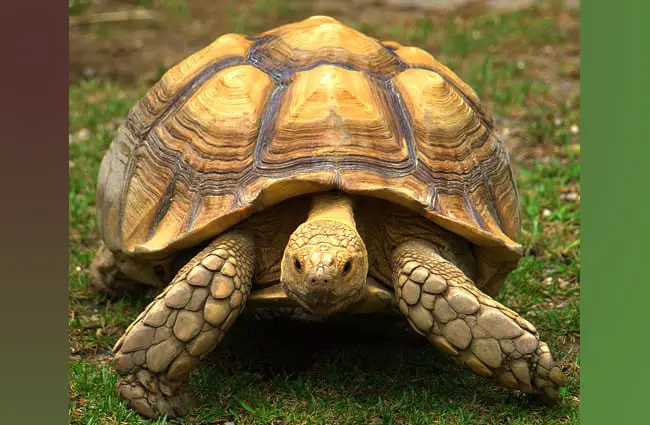
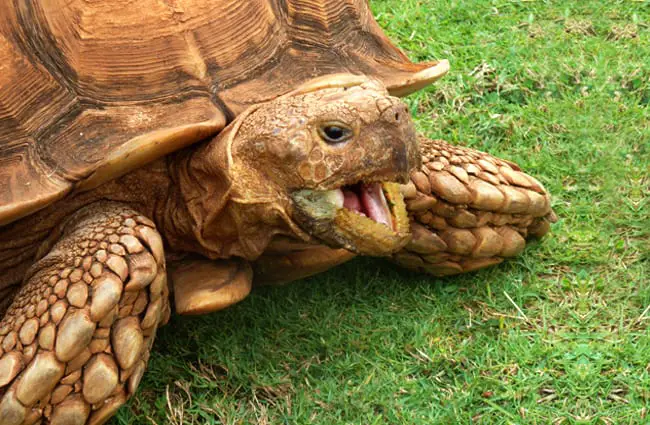

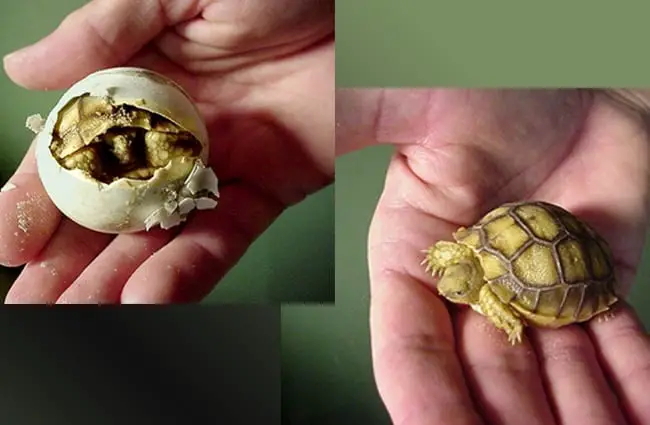
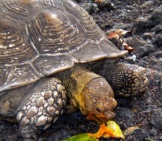
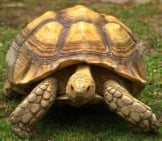
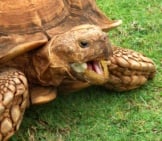
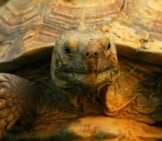
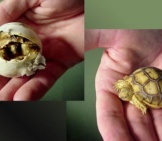
![Red Angus Closeup of a beautiful Red Angus cowPhoto by: U.S. Department of Agriculture [pubic domain]https://creativecommons.org/licenses/by/2.0/](https://animals.net/wp-content/uploads/2020/03/Red-Angus-4-238x178.jpg)












![Red Angus Closeup of a beautiful Red Angus cowPhoto by: U.S. Department of Agriculture [pubic domain]https://creativecommons.org/licenses/by/2.0/](https://animals.net/wp-content/uploads/2020/03/Red-Angus-4-100x75.jpg)

